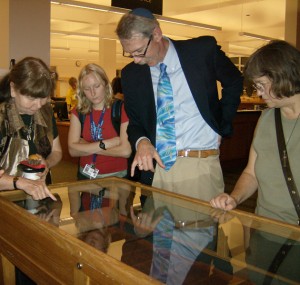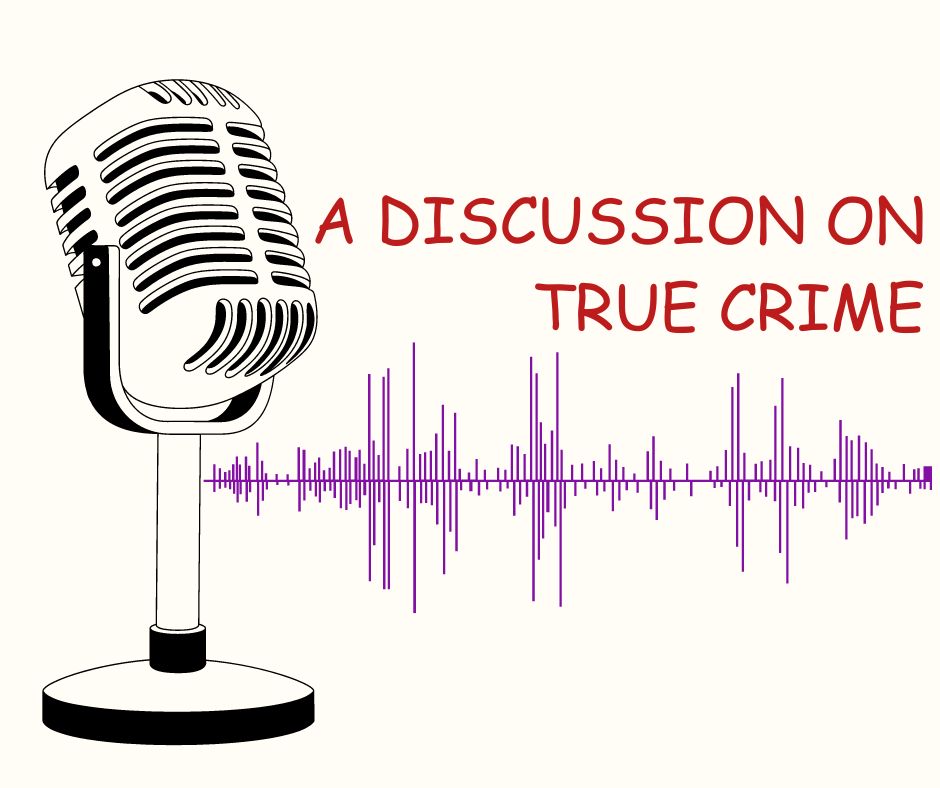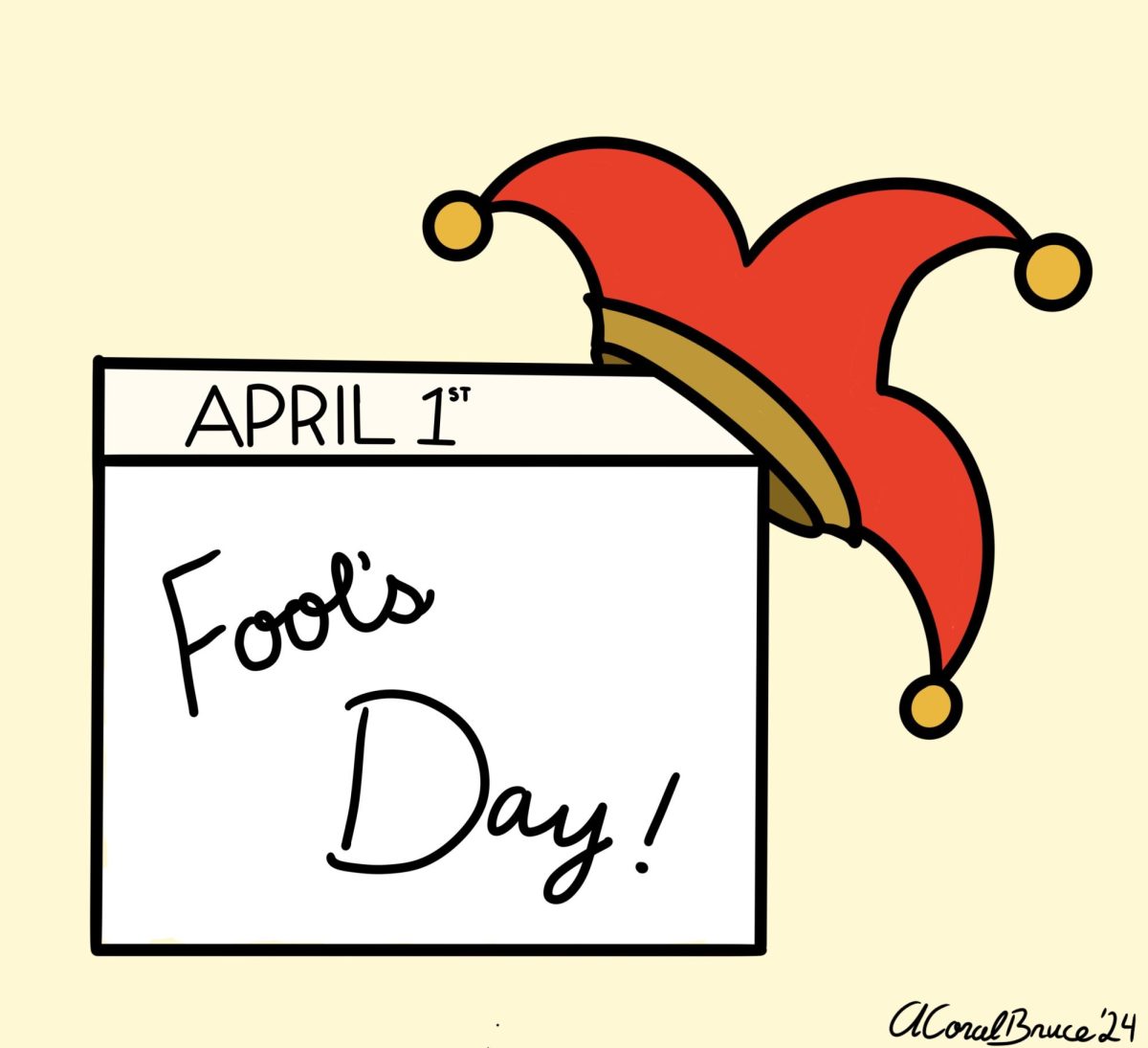
The Antiquarian Manuscript Hebrew Sefer Torah Scroll, was donated to Linfield in December 2009 by a woman living in the Seattle, Wash., area. The woman did not specify why she chose to donate it to Linfield.
Library Director Susan Barnes Whyte said the donor wished to remain anonymous.
Sometime after the college received the Torah scroll, Andrew Webber, class of ’10, began working alongside William Millar, professor and chair of the Department of Religious Studies, to create an exhibit for it.
“The Torah is a great gift to have at Linfield and as a part of its [Linfield’s] heritage,” Millar said.
Although Webber was not able to attend the dedication ceremony because of his graduate studies at Yale University, Barnes Whyte said that his countless hours of hard work on the exhibit did not go unrecognized.
Ellison, who shed light on the Torah’s and Jewish history, began the celebration with the recognition of Sukkot, or “the Feast of Booths,” a Jewish holiday that takes place from late September to late October.
He acknowledged the holiday by conducting a special ceremony using the Four Species, traditional Jewish symbols, which are Lulav, a frond from a date palm tree; Hadass, boughs from the myrtle tree; Aravah, branches from a willow tree; and Etrog, fruit of a citron tree.
Ellison held the Four Species together and shook them in each direction, first east then west, north and south, as well as toward the sky and ground. The waving of the Four Species symbolizes service to God.
“I didn’t expect this when I became the adviser to Jewish students on campus,” Ellison said about being the keynote speaker for the Torah celebration.
He went on to explain the meaning of the Torah and made the distinction between how it is written. If the word is capitalized, it means to direct or instruct; if the word is lower cased, it means any piece of Jewish knowledge.
The Torah, a part of the Hebrew Bible, Tanakh, contains the Five Books of Moses, which include Genesis, Exodus, Leviticus, Numbers and Deuteronomy. These are the first five books of the Jewish Bible and the Old Testament of the Christian Bible. It is also the source of the 613 Jewish Commandments.
“I thought the fact that there are 365 ‘shall not’s out of the 613 Commandments was interesting because there is one for every day of the year,” audience member freshman Danielle Lungren said.
The Yemenite Sefer Torah scroll’s name derives from the Hebrew word “Sofer,” which is a trained scribe.
Traditionally, only Jewish men have scribed torahs. However, within the last 20 years, women have been trained to fix and scribe torahs, Ellison said.
Torahs that are still in use must be in perfect condition and are housed in the Holy Ark of Jewish synagogues. When they are removed, a ritual procession is performed. If a Torah is dropped, 40 days of fasting are required.
Typically, torahs are used on the Shabbat, at festivals and on holy days. The Torah is almost always chanted when read and a Yad, a pointer stick, is used to follow along, Ellison said.
Although it is uncertain how the Jews arrived in Yemen, the earliest signs of their presence date back to 400 CE. They did not write down much of their history; instead, it was passed down orally, Ellison said.
What is known about the Yemenites is that they were artisans and crafts people who led simple lives. Most prayed in their own homes or at neighbors’ homes and were often treated as second-class citizens required by their Muslim neighbors to wear ear locks, Ellison said.
Ellison wrapped up his presentation by tying it back to the Torah scroll that Linfield received and concluded the celebration of the Torah exhibit with a blessing.
“The Jewish people without Torah are like a body without a soul,” Ellison said.
Since its arrival on campus, the Yemenite Torah scroll has been housed in the special collections section of Nicholson Library and will return there once the exhibit is over.
Jessica Prokop/Culture editor
Jessica Prokop can be reached at [email protected].






